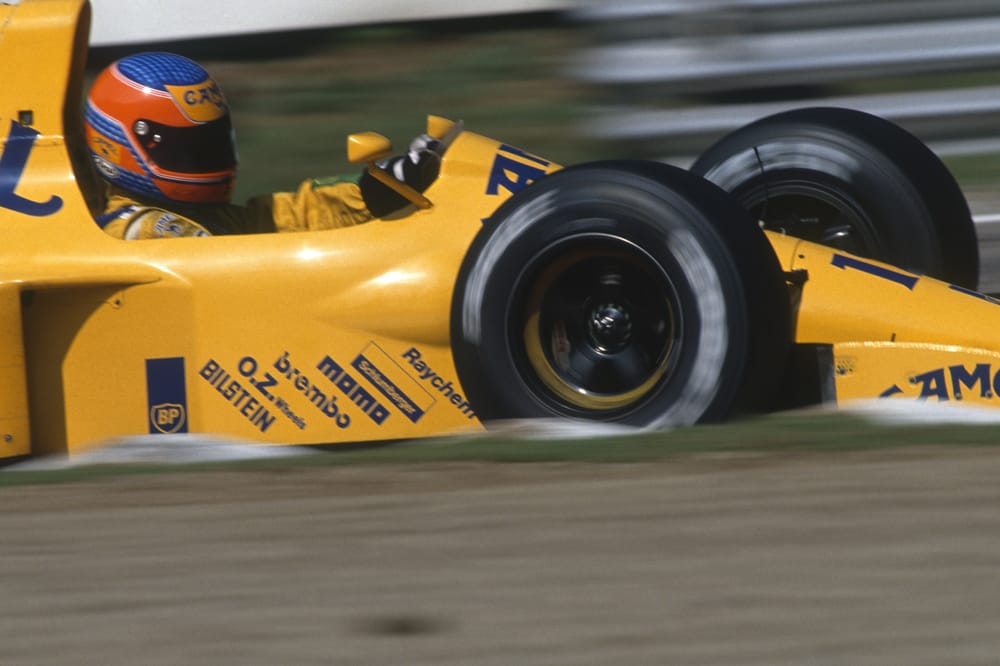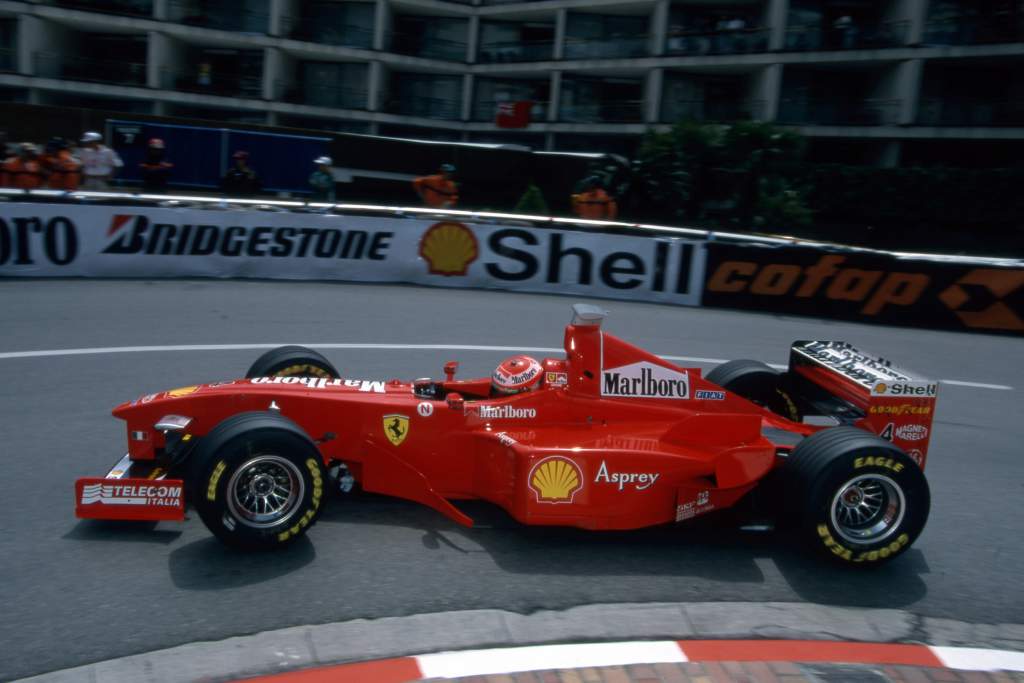Up Next

In a year of motorsport documentaries headlined by the retelling of Jenson Button's fairytale 2009 Formula 1 title on Disney+, we've already highlighted another lower-profile F1 documentary well worth watching: the bizarrely brilliant tale of Andrea Moda.
But Sam Smith has another suggestion: the story of a driver whose extremely promising start to his Formula 1 career was dramatically undone by an accident that would mean he'd never race in F1 again.
Even to those who know Martin Donnelly’s story well, its brutal conclusion never fails to shock - not least in a brand-new F1 TV documentary.
The horrific accident that befell him at Jerez in 1990 was, on one hand, the most dreadful way possible to end a very promising F1 career but, on the other, it was an absolute miracle that he survived at all.
A new appreciation of one of the late-1980s' most promising young British drivers is available to watch on F1 TV and has been executively produced by ex-racer Simon Harrison, who has since become the co-founder and managing director of Kingdom Creative.
Harrison and his team capture a good proportion of the momentum that Donnelly had earned for himself by 1990, a year in which he occasionally impressed with an unwieldy Lotus Lamborghini as team-mate to the far more experienced Derek Warwick.
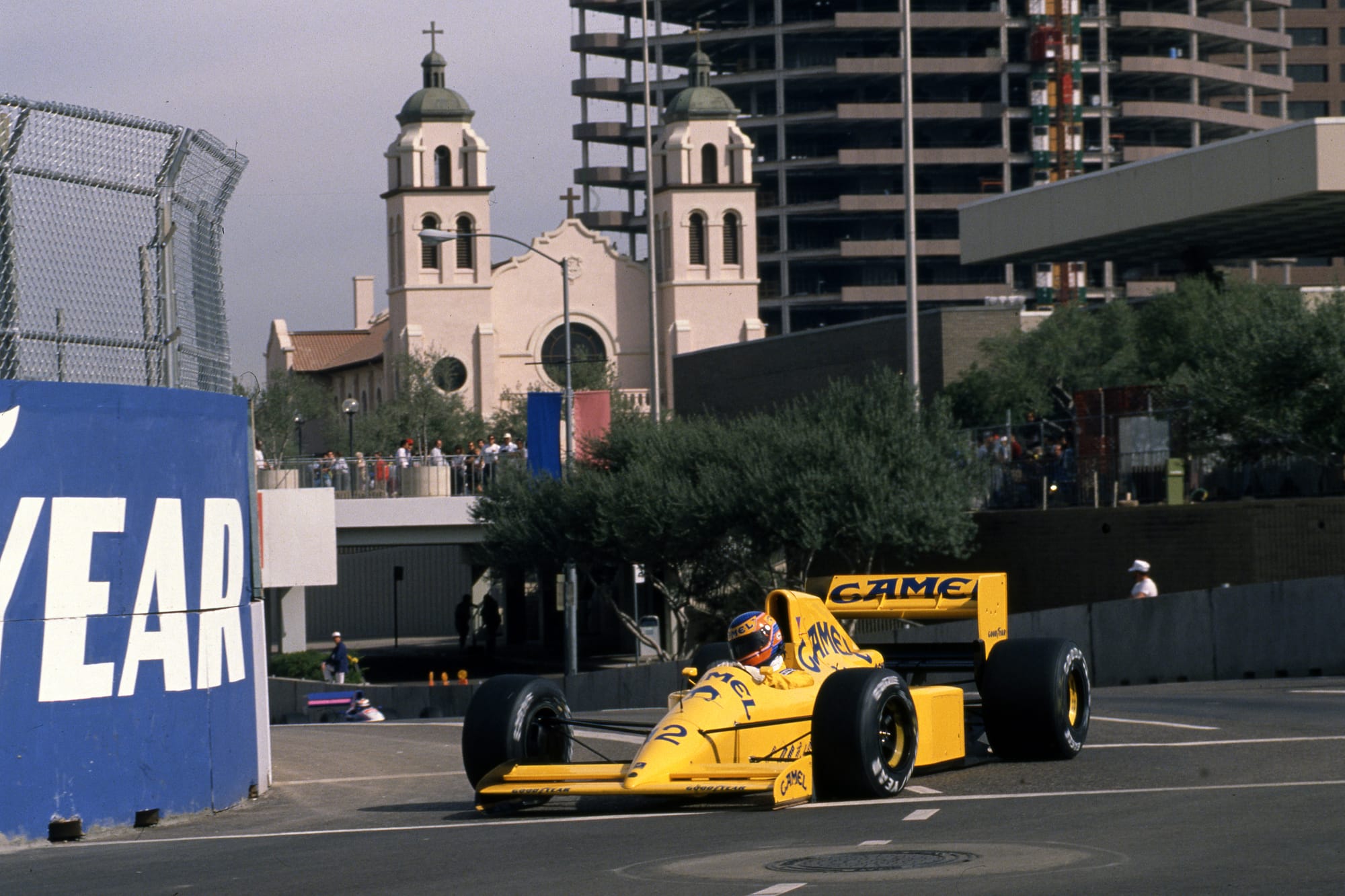
Up until that point, Donnelly had gone from teenage Formula Ford firebrand sponsored by Potato Farms to a hot property on the international scene.
But the backdrop to Donnelly’s story, growing up in a divided, conflict-torn Northern Ireland, is an important part of the narrative because Donnelly clearly to some degree pursued his love of racing to escape the unpleasantness in his country of birth.
The documentary features a scene where he goes back to one of the so-called Belfast peace walls - barriers that separated broadly republican and loyalist neighbourhoods - and is plainly staggered that they still exist.
Like many of his era, Donnelly appears genuinely baffled by the conflict and the utter waste of human life that it unleashed upon his and his country's communities.
By 1988, he was winning on his F3000 debut at Brands Hatch and signing a test driving deal with Lotus. One year later he deputised for Warwick at Arrows to make his F1 debut at the French Grand Prix, qualifying mid-grid and ahead of team-mate Eddie Cheever, effectively announcing himself to the F1 world and putting his name in the shop window.
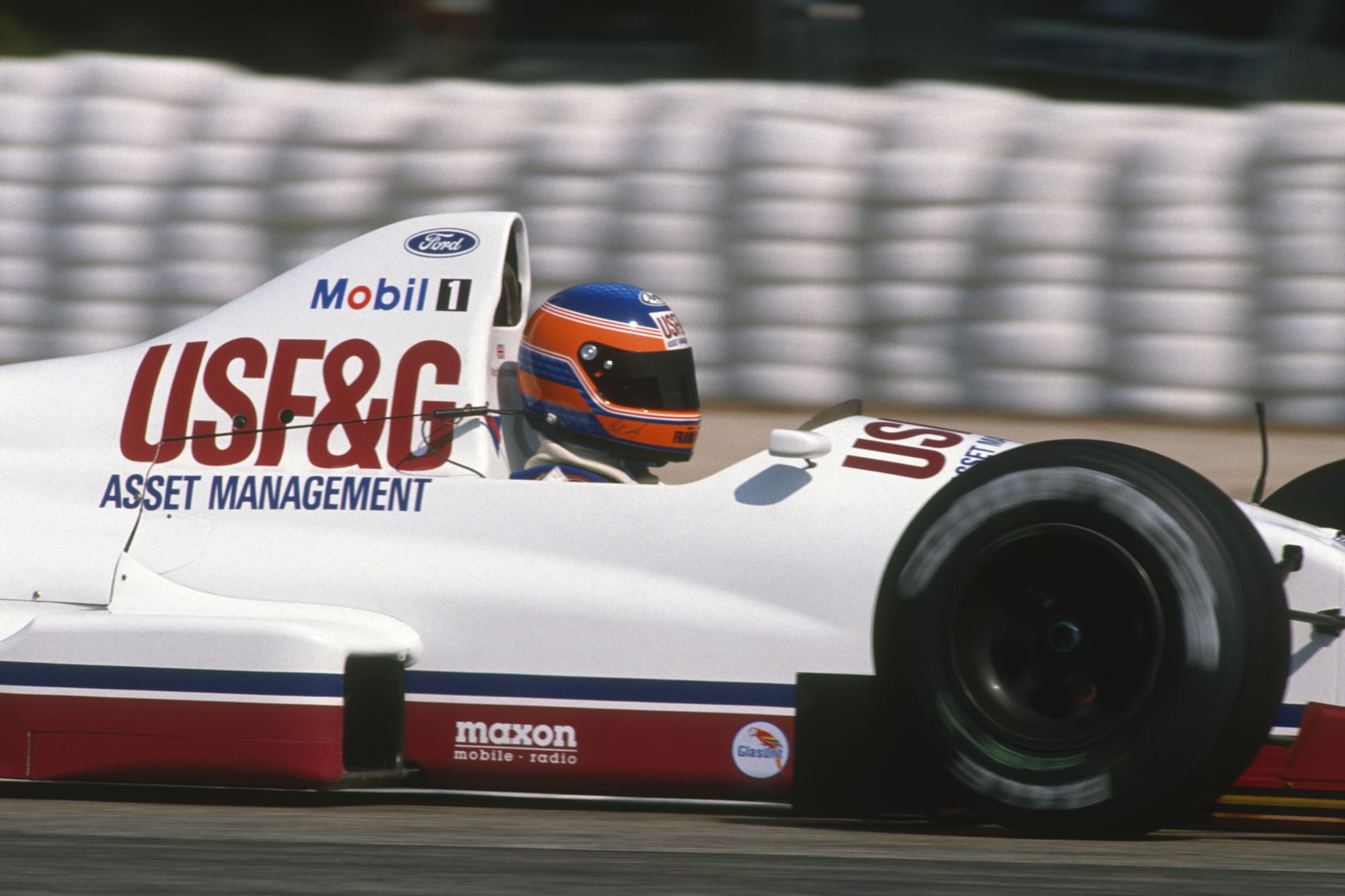
He dovetailed that F1 cameo with a second year in International Formula 3000 as team-mate to Jean Alesi at Eddie Jordan Racing. He should have challenged the French-Sicilian force of nature for the title but had a win early in the season at Vallelunga chalked off for a controversial nosebox infringement, eventually ending the season in eighth - albeit with another victory at Brands Hatch.
But a deal to race for Lotus in 1990 seemed to be the dream ticket and when that was renewed just before the ill-fated weekend at Jerez it meant Donnelly would've driven alongside future F1 champion Mika Hakkinen in 1991 and 1992.
“When you live your life on the edge, that’s when you feel most alive,” attests Donnelly at the start of the film. Those are words spoken by a man who knows all about them.
During free practice for the Spanish Grand Prix, Donnelly’s Lotus suffered a huge impact and, in his own words, “everything went dark”.
In a sense, that was a blessing because the sight of his body on the race track is something few who have seen it will ever forget. Only for the quick reactions of doctors at the scene, led by Professor Sid Watkins, did Donnelly survive.
Donnelly retraces the accident by visiting the exact spot where his life changed forever.
Staring at the ground, he then looks to the camera and says matter-of-factly, “technically this is where I died”.
Except he didn’t. Survival is one thing but recuperation is quite another, and a gruelling couple of years of fighting to try to get back to the cockpit meant more dark days than light.
But Donnelly never gave up, somehow returning to the track in a specially arranged test by Eddie Jordan in 1993 to finally sign off on his F1 dream.
Letting that go was every part as excruciating as his recovery, and this comes across in the 20-minute film when Donnelly admits he became uncontrollably upset when a surgeon told him he would never drive in F1 competitively again.
But there is a happy ending, as Donnelly did drive a 1990 Lotus once more at the Goodwood Festival of Speed. Footage of him blatting the V12 car up the hill is an uplifting way for the film to fade out.
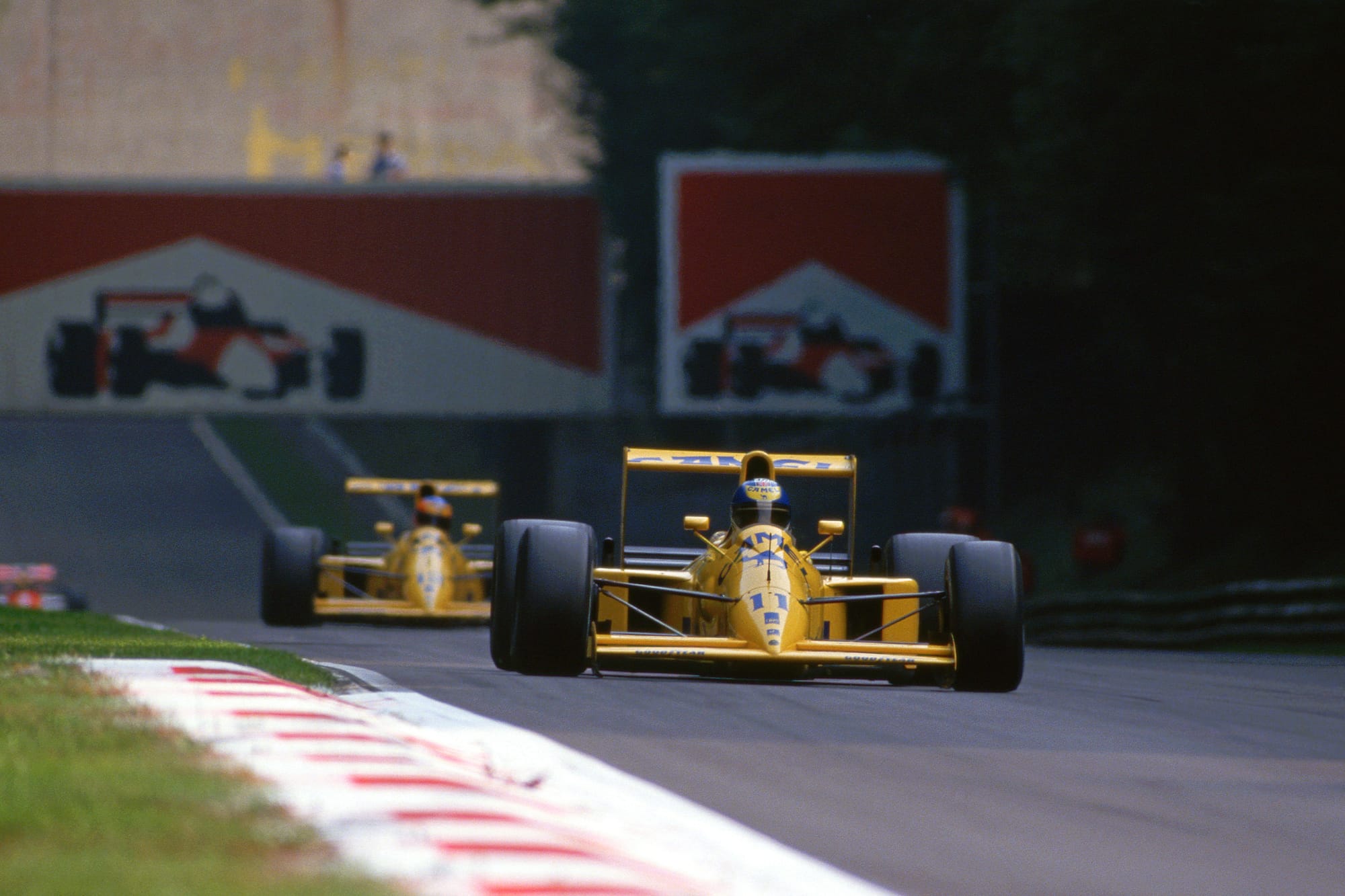
If there is one minor criticism of the film, it's that, Donnelly aside, there are no other viewpoints or memories. Eddie Jordan, Damon Hill, Jean Alesi or Derek Warwick would have been great additions. But perhaps, actually, Donnelly’s central voice to his own story makes this film what it is - an intense, bittersweet journey of a driver who was dealt an unbelievably harsh hand in life just as he was reaching his zenith.
On the whole, this is an excellent appreciation of Donnelly, who comes across as exactly as you would imagine if you know anything about the man. He’s matter of fact, unwavering in his outlook that he has a second chance at life, and completely without any pretence.
That he survived at all was miraculous, but that he went on to taste success as a team owner, a driver steward for the FIA, and also as husband and father, is simply a triumph of the human spirit in extreme adversity.
Martin Donnelly - Life on the Edge can be viewed on F1 TV.


